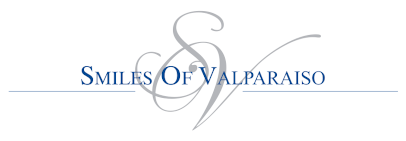Dental Insurance Plans Vary Significantly

Question: “I don’t understand how dental insurance functions. Can you describe the different types of plans available?”
Answer: Traditional dental insurance was introduced about forty years ago, and the average total annual benefit was about $1000. Unfortunately, this maximum annual benefit hasn’t changed for many plans over the decades.
If dental insurance annual benefits had mirrored the average rate of inflation, this number would have grown to over $7000 per year by now. Unfortunately, that means that the average dental patient doesn’t have as much treatment covered each year as he or she did in years past.
The most common general types of dental insurance are: traditional (or “indemnity”) plans and managed care plans. Many employers have even decided to provide greater benefits to their employees and savings to the company using Direct Reimbursement plans.

Traditional (indemnity) dental plans provide payment for services on a “fee-for-service” basis. Some procedures may be covered completely, while other procedures will be covered at different percentages. With traditional plans, patients may choose any dentist they want to perform their dental care, and the patient is responsible for whatever portion is not covered by their plan.
The most common managed care plans are DMOs (capitation plans) and PPOs, and they usually limit the benefit received if the patient selects an “out-of-network” provider. In a DMO plan, the dentist is generally paid a fixed monthly amount for each patient on the plan whether or not the patient ever has any work done.
In a PPO, dentists sign a contract with the insurance company in order to attract patients who are covered by the plan. The covered members of the plan must select a dentist from the network of providers in order to receive the plan’s maximum benefit, but usually, these patients may select a dentist outside of their network if they are willing to pay higher deductibles and co-payments.
Direct Reimbursement plans are becoming popular with many employers. They provide employees with the opportunity to select any dentist they want and receive reimbursement directly from their employer for any dental procedures. Companies manage these plans internally, which allows companies to save a great deal of money.
Additionally, their employees have more options when it comes to their dental care decisions. Direct reimbursement may provide the best of everything – more options for patients, lower internal costs for companies, and fewer insurance headaches for dental offices.
